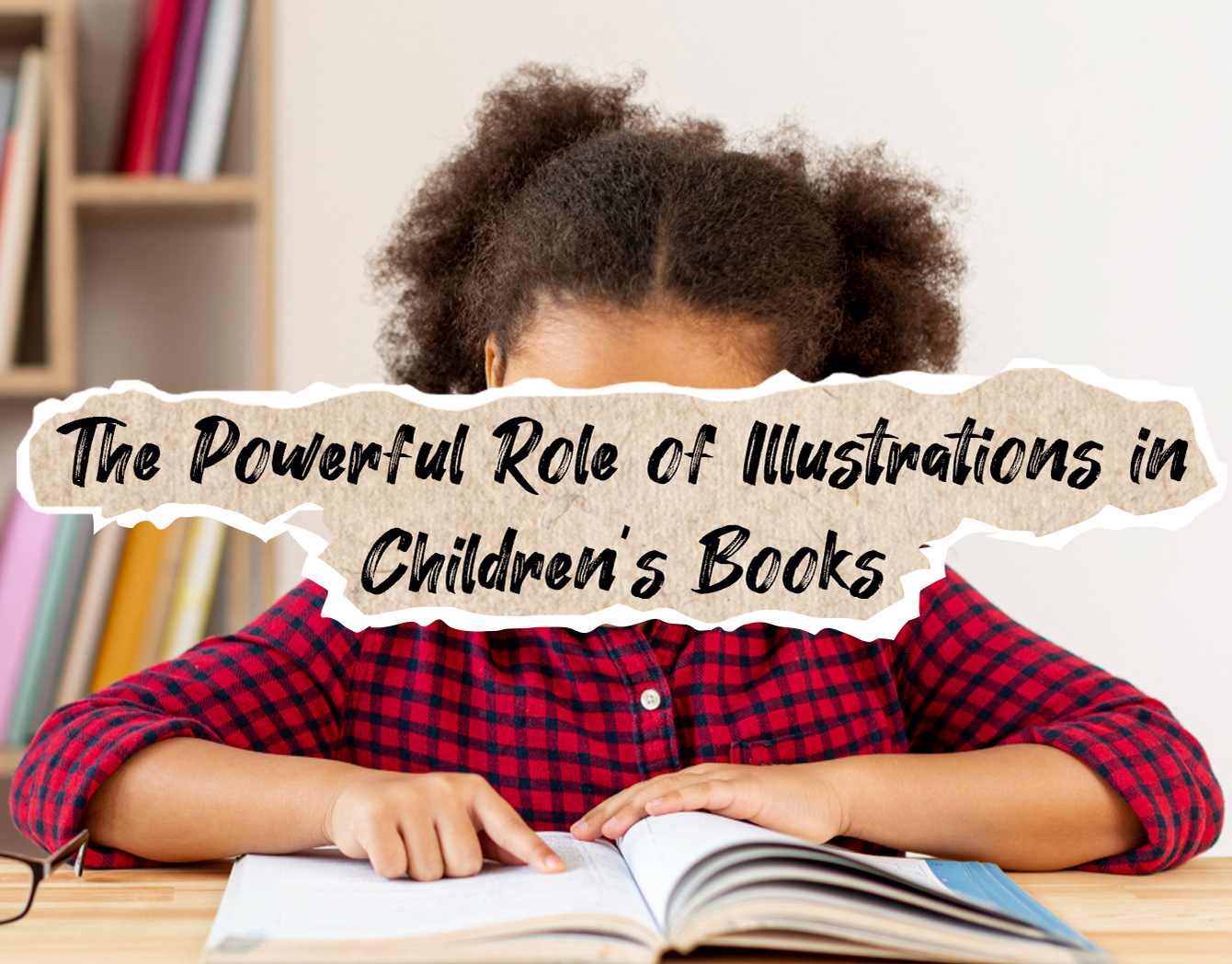From Lessons to Literature: How Teachers Create Captivating Children's Stories
Image from Freepik
For the child, the teacher is a larger-than-life figure; a role model who exemplifies positive behavior, instills values, and inspires dreams. They help children develop the necessary skills to make friendships with one another. Most prominently, they teach.. As such, teachers are in a unique position to create children's books. But why should they?
The Unique Position of Teachers
Teachers spend countless hours with children, understanding their interests, fears, and dreams. This insight allows them to write stories that captivate young minds. When teachers write, it's as if they're speaking directly to each child, making the story personal and engaging. Books by teachers can turn reading from a chore into an adventure, fostering a lifelong love of stories and learning.
Addressing Diversity and Relevance
Despite an increased availability of books today, many lack the diversity and relevance needed to resonate with all children. Teachers can fill this gap by creating stories that reflect the cultural backgrounds and experiences of their students. In many communities, especially among BIPOC (Black, Indigenous, and People of Color) students, children's books may not always represent their lives and experiences. Teachers can write stories that are more relatable and meaningful for their students, ensuring that every child sees themselves and their experiences
Educational and Social Value
Teachers can write books that extend classroom topics, introduce new concepts, or address specific curriculum areas. For example, a story about sharing or the consequences of bullying can help children understand and relate to these important issues. When teachers write about these subjects, they can weave in lessons in a way that feels natural and engaging.
Inspiring Empathy and Connection
Personal stories from teachers can be incredibly powerful. By sharing their own experiences, teachers help children see them as real people with lives outside the classroom. This connection can inspire empathy and respect in students. Stories about how teachers grew up, their roles in the community, or acts of compassion can help children understand and appreciate different perspectives.
The Power of Illustrations
Illustrations play a crucial role in bringing these stories to life. Engaging, vibrant artwork can capture a child’s imagination, making the story more compelling and easier to understand. When paired with the unique insights of teachers, illustrations can transform a book into a powerful educational tool and a beloved storybook.
Teachers have a unique opportunity to enrich children's literature with their insights, experiences, and understanding of their students. By writing children's books, they can create stories that are not only educational but also deeply personal and impactful. When teachers write, they open up new worlds for their students, fostering a love for reading and learning that can last a lifetime.
Want more content like this?
Subscribe to the newsletter by leaving your name and email below.
Thank you for subscribing!



